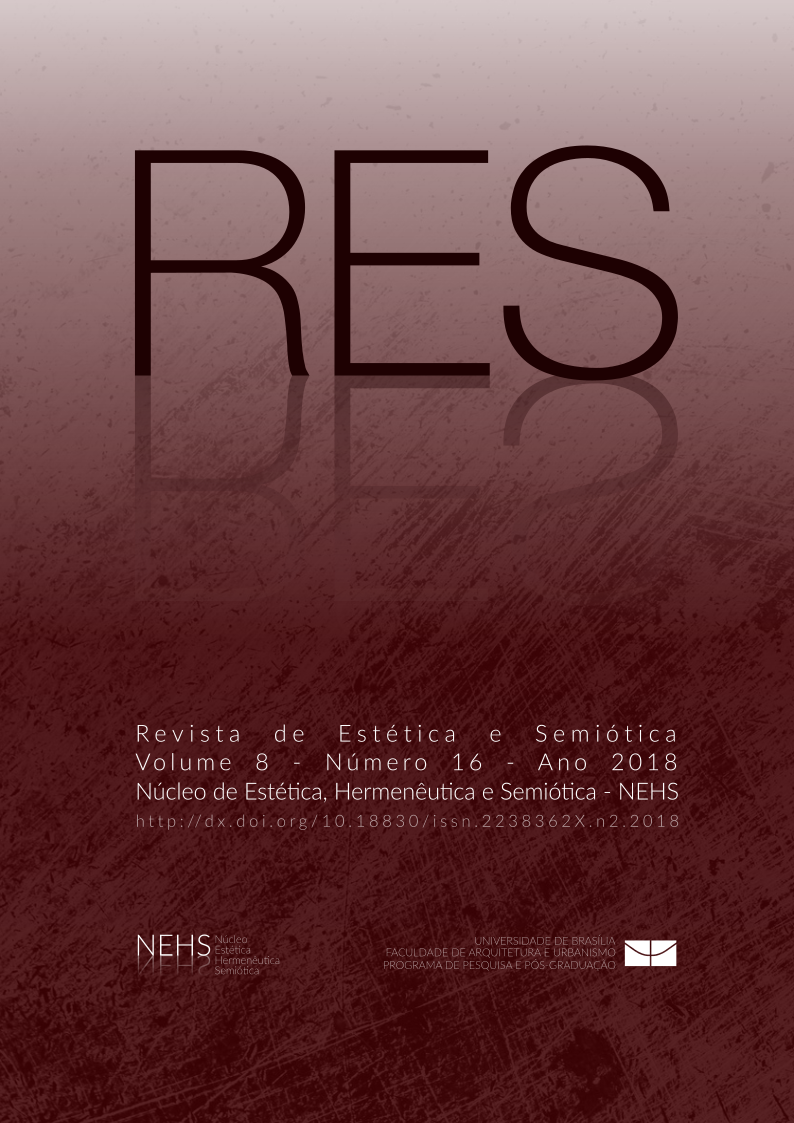ARQUÉTIPOS DA MORTE
Uma Breve Análise Visual
DOI:
https://doi.org/10.18830/http://dx.doi.org/10.18830/issn.2238362X.n2.2018.6Keywords:
Archetype. Death. Funeral rituals. Modernity.Abstract
Jung defined “archetype” as a set of primordial images arising from the successive repetition of the same experience and stored in the collective unconscious, a deep layer of the human psyche and innate to the individual. According to the author, it is not a new term, because it appears in Classical Antiquity as a synonym of “idea” in Plato. In 2007, Kellehear focused on trying to outline distinct archetypes of death throughout history by investigating social characteristics behind multiple attitudes toward finitude. The author argues that there were typical and dominant ways of dying at specific times, which preserved moral characteristics and were covered by styles of conduct at death. Based on the concept of Jung and the investigations of Kellehear, this article is intended to illustrate three archetypes of death from a brief compilation of images ”“ medieval tamed death, romantic death and modern wild death ”“ tracing possible dialogues between them and, finally, pose the following question: what would be the death archetype of the twenty-first century?




